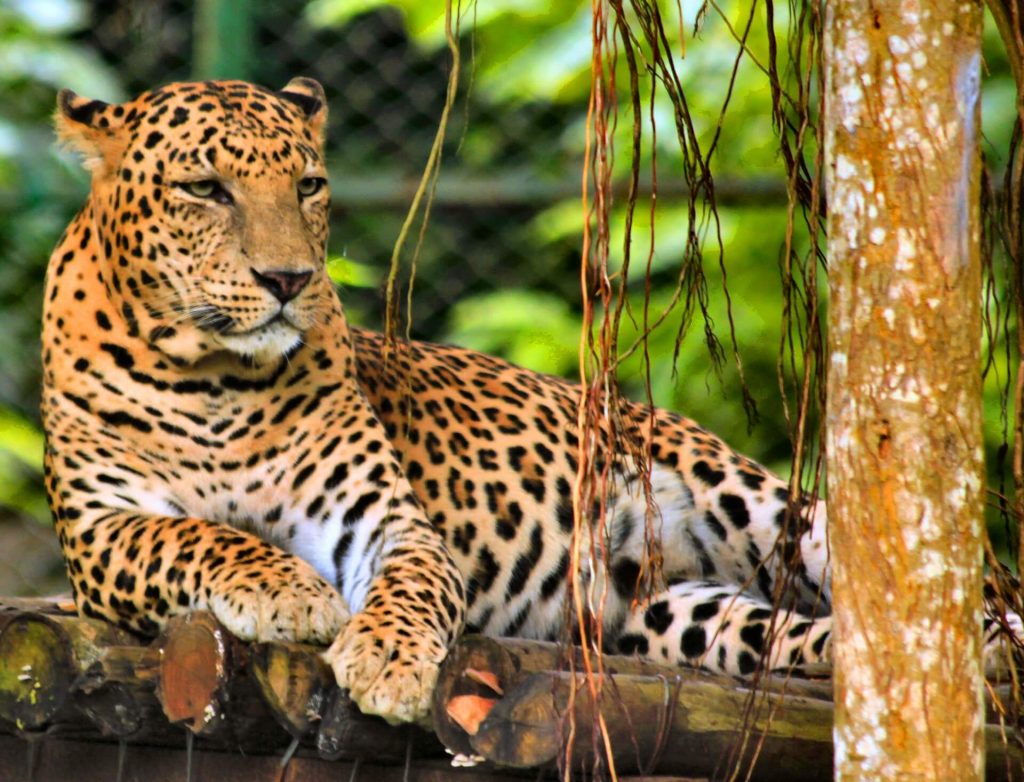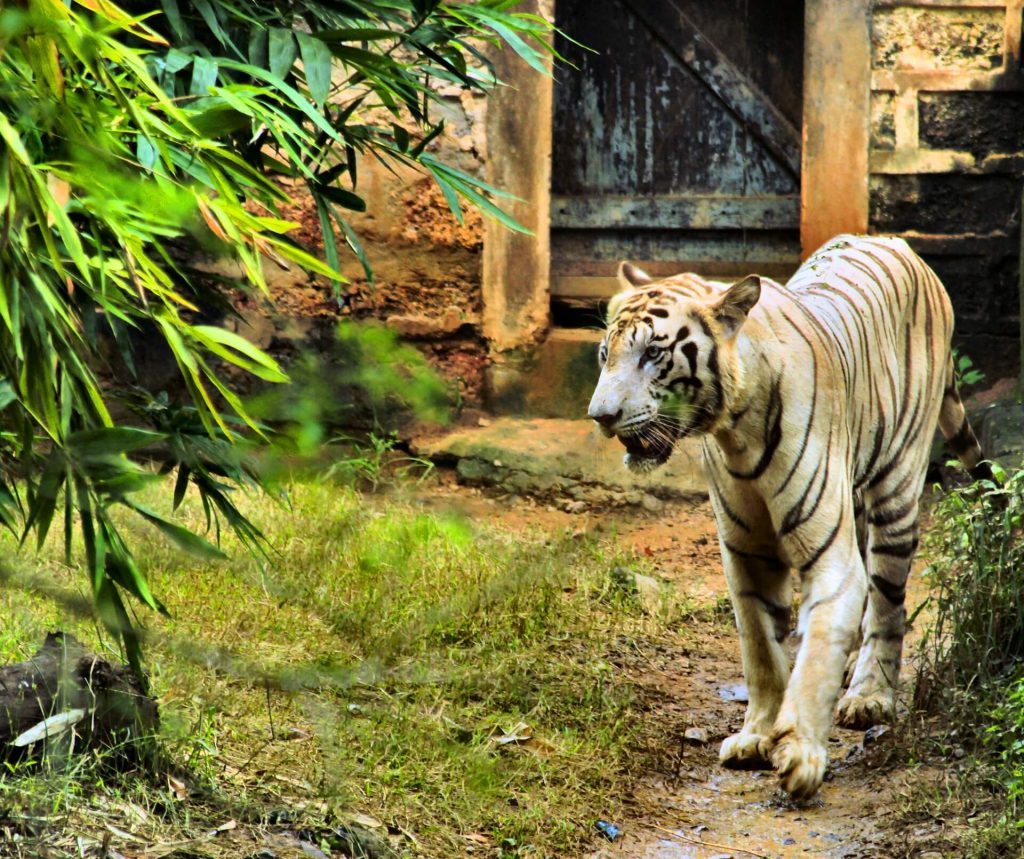With the ancient sobriquet of “Mandirmalini (a garland of temples) over the centuries, it is interesting to analyze as to why Bhubaneswar was established as the capital city of Odisha in the year 1948.
Situated on the Mahanadi River delta, Bhubaneswar scored over Cuttack due to its central location, high altitude, a vast plateau with ideal uplands and profound allegiance to rich historical and archaeological remnants.
Once home to more than 2000 temples during the 7th – 12th century AD, the city still has managed to preserve more than 500 temples, precisely the reason why Bhubaneswar is called the “City of Temples”.
Along with ample vestiges of Buddhist and Jain history, the city is a historical feast. Apart from topping the recent Smart City challenge, there are a plethora of things to see in Bhubaneshwar, one of the fastest growing cities in India. The coexistence of ancient temples, Buddhist viharas, Jain rock-cut shelters along with sprawling city squares, modern shopping centres and international food chains is remarkable.
Things to See in Bhubaneshwar
City of Temples
Temple building activity in ancient Odisha started during the 6th century AD. The spree of temple building continued unabated until the 16th century AD when the Hindu supremacy over the Odisha kingdom came to an end as a result of Mughal invasion in 1568 AD. Two temples stand out – Lingaraj and Mukteswar Temple. The perfect symphony between its architecture and sculpture, the intricate carvings and the grand repertoire of its motifs, make these temples unique.
Lingaraj Temple
Historians rate it as one of the finest examples of a ‘purely’ Hindu temple in India. It stands at 180 ft. high surrounded by a 7.5 ft. thick compound wall of laterite. One can see more than 50 small shrines of several Gods and Goddesses of the Hindu pantheon. Built with a dark shade of red sandstone and laterite, this colossal structure was constructed somewhere in the 11th century AD and is a classic example of the Kalinga style of architecture.
Bindusagar

Covering an area of 7.4 Ha, this religious water body in the vicinity of Lingaraj Temple, is embanked with stone, forming a magnificent flight of steps. A tiny island protected at the centre has a small temple called Jala Mandir. The tank is a popular hangout place for the nearby denizens and it witnesses religious (Ashokashtami) and traditional ceremonies (Boita Bandana) on specific occasions.
Mukteswara Temple

This temple is considered to be an epitome of Odishan architecture. It was built in the 10th century AD. The arched stone gateway is inspired by Buddhist architecture and the temple is marked with ornate carvings on every inch of its exterior. The temple premise is maintained by ASI. It is a popular spot with sprawling lawns and a beautiful pond behind the temple
Raja Rani Temple

In stark contrast to almost every other temple in Odisha, the Raja Rani temple doesn’t have an idol in the sanctum! The architecture is quite different from its counterparts with the temple exterior being uniquely carved with floral patterns, geometrical designs and figurative images which echo the temple styles of Khajuraho.
There is no historical record on the builder of this temple. Historians are still in dark as to why such a temple was built in a place filled with Shaiva structures. Referring to the aesthetically carved female figures in erotic postures, one bemused historian didn’t rule out the possibility of a clandestine affair of Khajuraho princess with a Kalinga Monarch!
Nandankanan Zoological Park

Nandankanan is the first zoo in India to join WAZA – World Association of Zoos and Aquariums. It is a huge forested enclosure spread across 990 acres. It boasts of the first White Bengal Tiger safari in the World. These rare species are born once in 10000 births due to a natural genetic manipulation.
With mind-boggling figures of 1175 birds, 875 mammals, 250 reptiles, 21 amphibians, 11 fresh water and 4 marine aquariums, Nandankanan is one of the largest zoos in South East Asia. It is a tourist hotspot and receives thousands of visitors daily.

Udaygiri & Khandagiri Caves
The twin hills of Khandagiri and Udaygiri towards the west of Bhubaneswar represent Odisha’s cave architecture dating back to 1st century BC. These unique rock-cut shelters were probably made by King Kharvela for Jain saints. The caves contain several beautiful carvings and depictions. An early morning visit to this place will bestow you a Buddhesque calm which the city’s increasing traffic will not be able to dent.

Dhauligiri Shanti Stupa
2300 years ago, on the foothills of Dhauli, the famous Kalinga war was fought between Emperor Asoka of the Mauryan Empire and the state of Kalinga by the banks of river Daya. Apparently, this gory battle made Emperor Asoka realize the follies of war and he could finally see the importance of peace. It is said that the Emperor sat at this very place and decided to lay down arms for the rest of his life and propagate the message of goodwill and non-violence all over the world.
It was built by the Kalinga Nippon Buddha Sangha (the joint collaboration of Japanese Buddhist devotees and the Govt. of Odisha in 1972) as a symbol of peace to commemorate the transformation of King Ashoka and the subsequent birth and propaganda of the Buddhist religion here. The dazzling structure has Buddhist statues in all four directions and stories drawn from the jatakas including that of the horrors of the Kalinga war in relief panels.

Retail Therapy
Bhubaneswar is a delightful juxtaposition of contrasts when it comes to the choices in the wish list of a shopaholic. A perfect retail therapy is ensured when there are options of intricate handicraft and gorgeous handloom products, tribal jewellery, natural forest products, bamboo craft, woodcraft, brass metal items, Sambalpuri sarees, world famous silver filigree ornaments in sprawling shopping centers of Market Building, Master Canteen, Bapujinagar and Ekamra Haat with upscale destinations of BMC Mall and Esplanade Mall selling products of all national and international brands.
A Foodies Delight
From delectable North Indian cuisine at chain hotels of Mayfair and Swosti to the succulent South Indian delicacies at Swarna and Priya restaurants; from the continental offering at Bling it On to the pure veg premium restaurant of Hare Krishna; from the new concept of Food Trucks to the older mouth-watering options of chaat, dahi bara, alu chop and singada; from the popular Hookah joint of Adda to the traditional Odia cuisine at Odisha Hotel and Dalma, Bhubaneswar is bustling with plethora of eating options ranging from fine dining upscale restaurants to a smorgasbord of street food choices.
You can also go through this list of Odia dishes you must try on your visit to Orissa.
Getting There:
Bhubaneswar is connected to almost all the major cities of India by air and rail.
Best Time to Visit:
November to February
Accommodation:
Panthanivas (Govt.)
- Lewis Road, Bhubaneswar – 751014
- Phone: 0674-2432314/ 2432515
- email: otdc@panthanivas.com
- http://panthanivas.com/bbsr.html
Mayfair Lagoon
- Phone: +91 – 8599000310
- email: reservations@mayfairhotels.com
- http://mayfairhotels.com/mayfair-lagoon
Swosti Premium
- Phone: 1800 123 1414 / 09338015588
- email: information@swosti.com
- http://www.swostipremium.com
Also read: A travel guide to the state of Orissa


